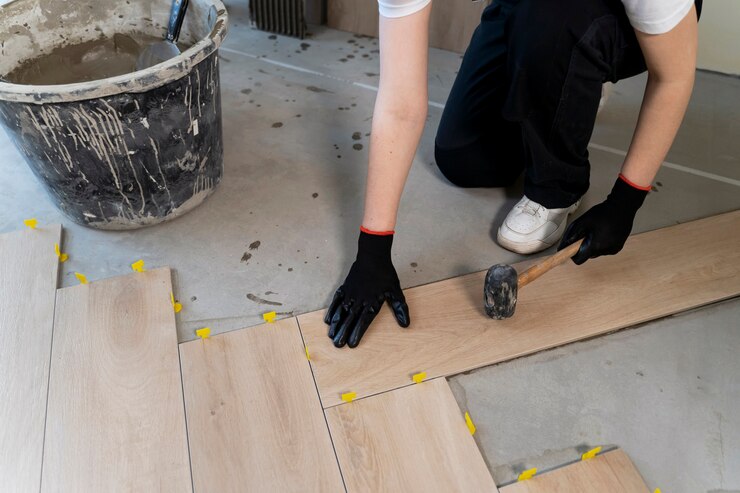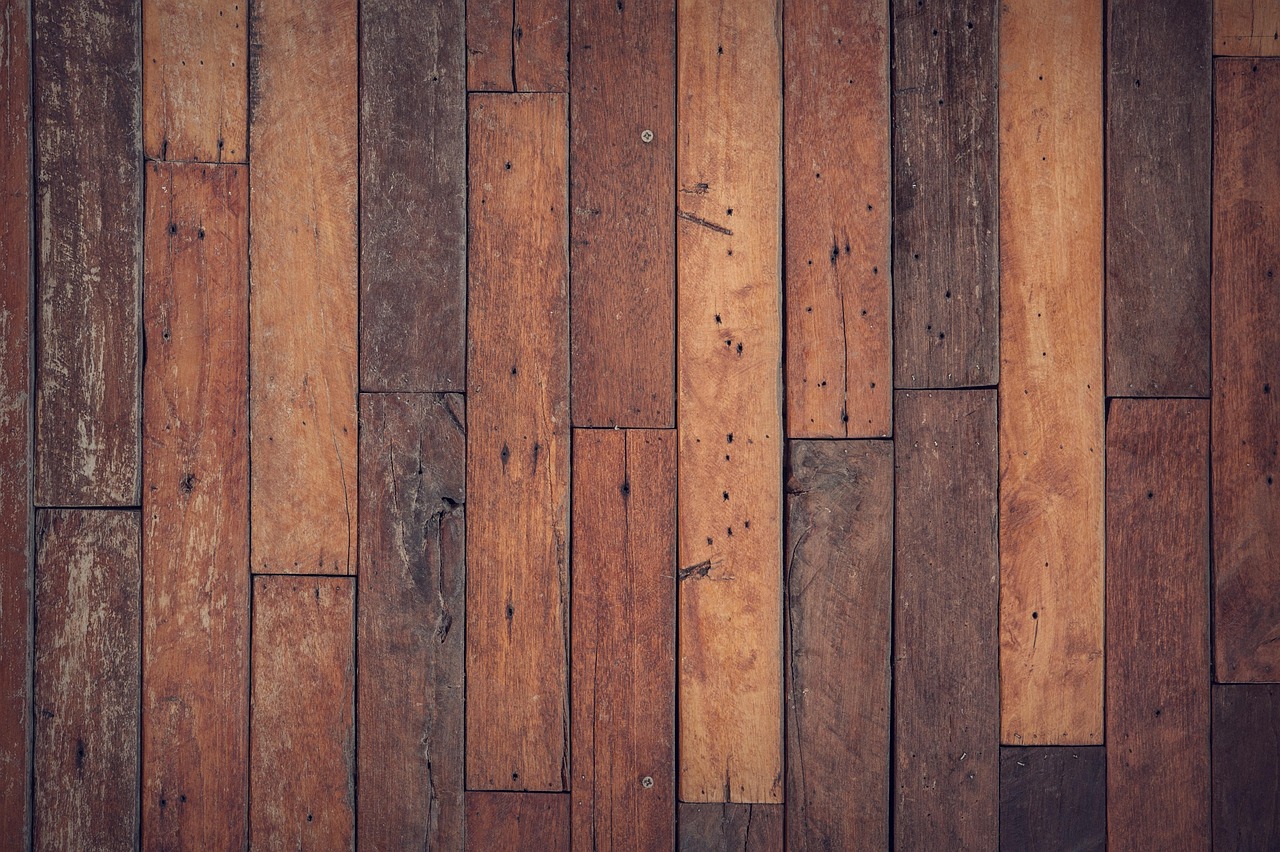
Old floors hold a wealth of history and charm, but as time passes, they often succumb to scratches, dullness, and wear. Fortunately, floor restoration offers a pathway to rejuvenate these surfaces, transforming their appearance and extending their lifespan. With the right techniques and tools, you can bring back the beauty and character of your hardwood floors, creating a warm and inviting space that reflects your personal style. Discover the magic of restoring your floors and revitalize your home with stunning results.
Hardwood floors are increasingly recognized as a hallmark of elegance in the home. While their allure may fade over time due to wear and tear, the potential for restoration transforms these surfaces back to their original splendor. Let’s delve into the art of floor restoration, uncovering practical methods to breathe new life into tired old wood.
Assessing the Condition of Your Hardwood Floors
Before diving into restoration techniques, a thorough assessment is crucial. Floors can suffer from minor scratches or deep scuffs, and recognizing the severity is key to deciding on an appropriate course of action.
- Minor scratches: These nuisances often require little more than a simple buff or coat of polish.
- Deep scratches and damage: In cases where the wood is visibly gouged or discolored, sanding down might be necessary.
- Loose floorboards: Any boards that show signs of detachment must be repaired to ensure a solid foundation before restoration.
Techniques for Restoring Hardwood Floors
Now that you’ve evaluated your floors, let’s explore various restoration techniques that can bring them back to life.
Using a Wood Floor Restorer
A wood floor restorer can be your best friend in the rejuvenation process. Products such as Rejuvenate are designed to penetrate and fill in cracks, providing a protective layer from future damage. For just under $30, you can restore your floors to a beautiful finish with minimal effort! Be sure to prep the surface first by cleaning it thoroughly with a non-residual cleaner to ensure optimal adhesion.
Renting a Commercial-Grade Buffer
If your floors need a little more than just a polish, consider renting a commercial-grade buffer. A buffer can effectively eliminate surface-level scratches without damaging the wood underneath. Make sure to prepare your space by removing furniture and ensuring good ventilation to counter the fumes from finish products.
Applying a Hardwood Polish
For an easy and cost-efficient option, consider using products like Weiman Hardwood Polish and Restorer. This polish not only brightens the finish but helps to seal light scratches. Start by vacuuming with a soft brush to eliminate debris, then use a quality wood cleaner to wipe down the surfaces thoroughly prior to application.
Deep Stains and Black Marks
For stubborn stains, you might need to go a few extra steps. Black marks from water damage can be treated using a specialized wood bleach or DIY solutions with hydrogen peroxide. Always follow product instructions carefully, as improper use can further damage your floors.
DIY Fixes for Minor Scratches
Sometimes, the tiniest scratches can be addressed right at home without any heavy-duty machinery or products. Here are a couple of innovative tricks:
Using Nuts to Reduce Scratches
Believe it or not, walnuts are incredibly effective for disguising minor scratches on wood floors. By simply rubbing the meat of the nut over the scratch, the natural oils help to blend the imperfection into the surrounding area.
Markers for Wood Floors
Wood floor touch-up markers, specifically designed for hardwood colors, are another handy tool in your restoration kit. A simple application can hide scratches efficiently, making these an invaluable asset for quick touch-ups.
When to Call in the Professionals
While many restoration tasks are manageable, there comes a time when the expertise of a professional is necessary. If your initial assessments indicate extensive damage, it’s wise to reach out to a flooring specialist. They will not only bring their vast experience but can also offer options such as full refinishing, ensuring your investment is preserved.
Long-Term Maintenance for Wood Floors
After successfully restoring your hardwood floors, implementing a routine maintenance program is critical to prolonging their newfound beauty. Here are some best practices:
- Regular sweeping and vacuuming to prevent dirt accumulation.
- Using a gentle cleaner specifically formulated for wood surfaces.
- Applying preventive measures, like floor mats and area rugs, in high-traffic zones.
With these restoration techniques at your disposal, you can tackle the sometimes daunting task of reviving your hardwood floors. Whether through DIY methods or trusting in a professional, bringing your floors back to life is an achievable objective.
If you’re in need of a reliable team to help restore beauty to your surfaces, consider contacting Tower Marble for expert services tailored to your flooring needs.

